The Seventh Fire: An interview with Jack Pettibone Riccobono and Shane Omar Slattery-Quintanilla
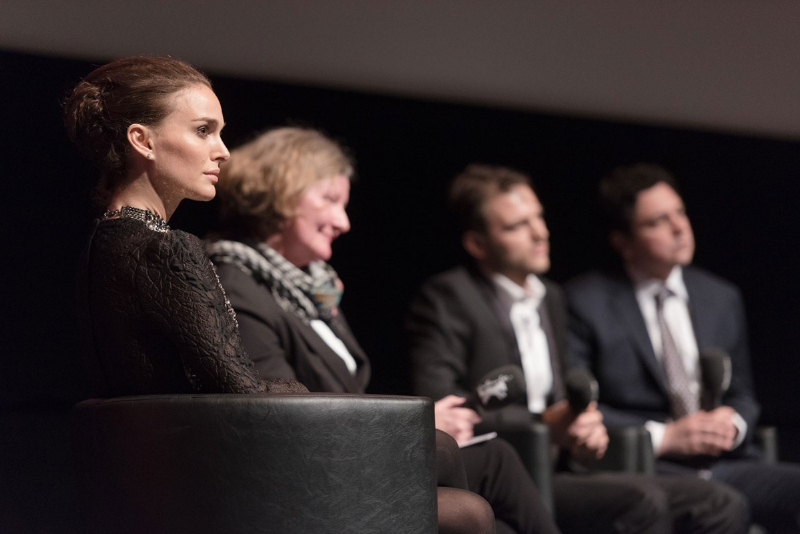
With Natalie Portman as executive producer and presented by Terrence Malick, The Seventh Fire is causing some hype at this years’ Berlinale. 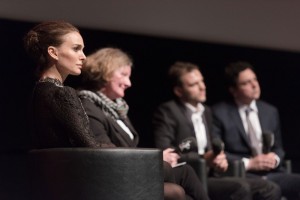
The Upcoming caught up with director Jack Pettibone Riccobono and writer, producer and director of photography Shane Omar Slattery-Quintanilla to get to the bottom of why they made a documentary about a rural Native American community and what inspires them as filmmakers.
Why did you become a documentary film maker?
JPR: I see myself as just a filmmaker because I’ve done a variety of projects: shorts, commercials, music videos. Again with this film we had a very cinematic approach to the subject matter, and we wanted to play with that a little bit. Obviously there’s a special responsibility with documentary, the relationship you have with your subjects and the way you portray them, but for me it has to be immersive, character driven and transportive. That’s what draws me to film as something that takes you to beyond what’s familiar, introduces you to a place and to people that the audience may never have the opportunity to meet. Through film you’re able to have those interactions, broaden your awareness of the world and hopefully the connection between all of us.
Who and what are your big inspirations? Why did you decide to work in film in the first place?
JRP: I guess I’ve had a pretty wide range of influences; certainly Terrence Malick and Werner Herzog, David Lynch and David Cronenberg. You know, all that great cinema.
SSQ: Literature and other forms of storytelling influence filmmaking. I think a lot of our favourite filmmakers are influenced by the visual arts as well. I like films that take on important immediate issues but are also works of cinema and works of art.
JPR: I find it incredible, on each individual project, that you have this unique licence to meet people who you wouldn’t meet in another context, and go places that you wouldn’t normally be allowed to go. You get drawn into all these different worlds, and try and create something from being out in the world.
You filmed this community for two years, tell us about that.
JPR: I went to the White Earth Reservation for the first time in 2006, and made a five minute short for the Slow Food Organisation. About two years after that I read about this issue of gang culture migrating from jails and inner cities out to these very remote, isolated native communities and mixing in some ways with native culture; the idea of being a warrior and the symbols of inner city gang culture was very alluring to and destructive for native American youth.
We went to museums and tried to research the topic but found there was just very little on it. Eventually I said, let me go back to the community where I know people and see if it’s happening there. I did the first research trip in October 2010. I went to the tribal college in White Earth to show my short, and Rob [the main subject of The Seventh Fire] was in the class that day; he came up to me after the class and said, “you want to know about native gangs, I’m the guy to talk to.” We spent several hours talking and then continued speaking by phone and then that led to our first shoot in January 2011. We then did 14 shoots over about two and a half years, and met Kevin about a year and a half after meeting Rob for the first time. So it was a long process, about four years in total.
What are the challenges working with a community like this? Some of the scenes are quite graphic and you feel as though it’s almost a fly-on-the-wall view of some of these people. What were some of biggest challenges you faced?
JPR: One of the biggest challenges was just building trust in the community. Native American people have been represented very poorly in the media and in the Hollywood tradition. Part of America still thinks that Native Americans live in tepees! It’s so out of sight, out of mind by design that there’s a real blind spot to the issues of Native American communities. So part of it is really spending time getting to know people; you just have to be there, as a human being, and talk and listen. When people are at a place where they want to tell their story, then they really respond to being questioned and being given the space to answer. That is something we found in this film: that no one had ever asked our subjects what their life was like. I think it was an empowering part of the project that they were invited to share their issues.
There were some other challenging and complicated issues that we explore in the film; part of being in the community was trying to communicate the reality of being there. Unfortunately, drug use is a part of daily life in the community, and we did not want to glamourise it, but we felt that to cut it out would be dishonest.
What do you want to say with this film? What do you want people to take from this film when they watch it?
JRP: Often, journalistic pieces cite terrible statistics about Native American communities without any personal story behind it, so I think part of what we’re trying to do is to really have their story take centre stage. Through the course of the film you get to know our subjects as human beings. We see the film as a kind of gateway; it’s rare that you see images of contemporary Native American life in a realistic context.
SSQ: One of the things you should take away is that you should actually see these people as part of a larger community, instead of seeing them as a segregated group that you can look at in an exotic way. They are people who are searching and trying to make sense of their very difficult situation. This isn’t the kind of film that gives you an easy solution: it asks lots of questions.
JRP: This film isn’t about specific issues, it’s an American problem. The government started the reservation system and continues to administer it today with US tax payer dollars and so this is really an issue for all Americans to grapple with as part of a horrendous historical legacy. In the wider world there are many issues of colonialisation and results of decisions that were made hundreds of years ago that are still finding a contemporary legacy and that is very troubling.
SSQ: One of the biggest things for us, both Jack and I, was finding these characters and connecting with them. We think of them as collaborators and that’s why we gave them cameras too. Their lives informed our edit and we thought we were honouring their stories by the way the film is edited.
What’s next, any new projects in the pipeline?
JRP: We’re still sort of catching our breath from this one, but we’re definitely interested in doing a narrative feature, so we’re exploring some ideas for that. There’s also another documentary subject I’m interested in, a combination. So it’s not clear, but stay tuned.
Any Berlinale tips of things to see, things people are talking about?
JRP: We’ve only seen Knight of Cups. and I would certainly recommend it. I think it’s a pretty incredible visual journey. I’m also very excited to see The Look of Silence, as we’re big fans of The Act of Killing.
SSQ: We’re excited to be making a documentary film in a time when a lot of filmmakers like Joshua Oppenheimer are pushing boundaries about what a non-fictional film is, so we’re excited to see him at the premiere and maybe get a chance to tell him about our admiration.
Sarah Rutterford
Read more of our reviews and interviews from the festival here.
For further information about Berlin Film Festival 2015 visit here.
Watch the trailer for The Seventh Fire here:

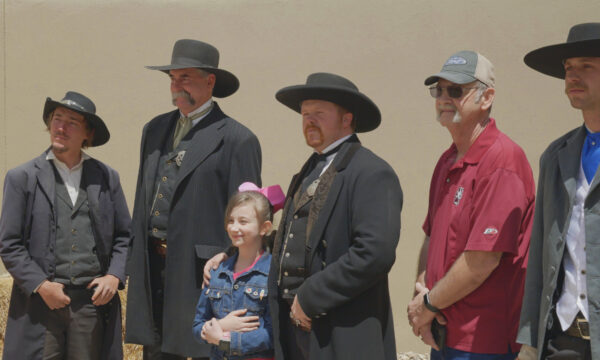
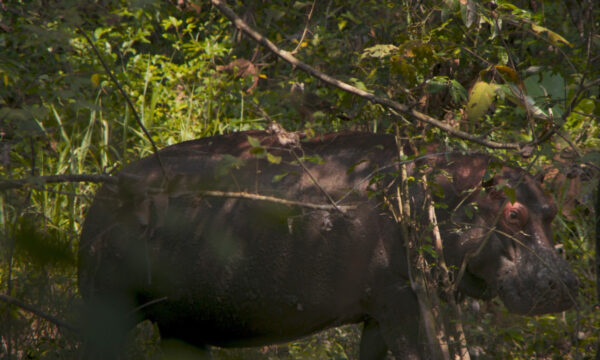

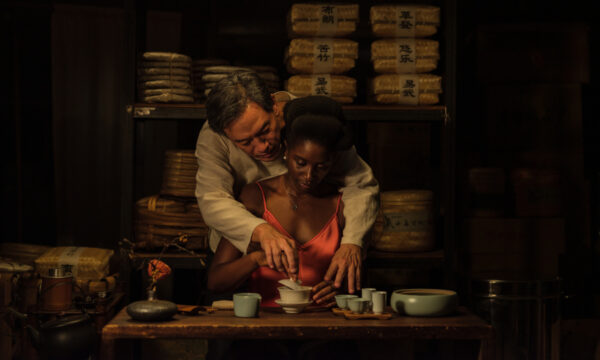
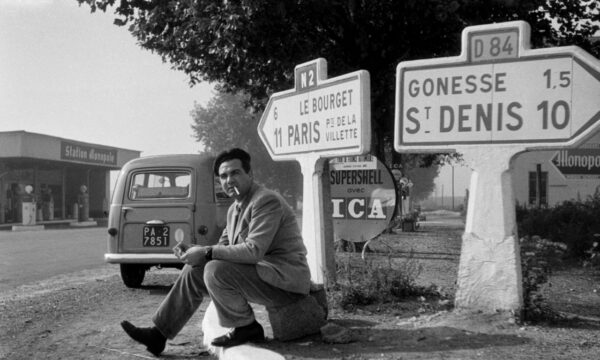
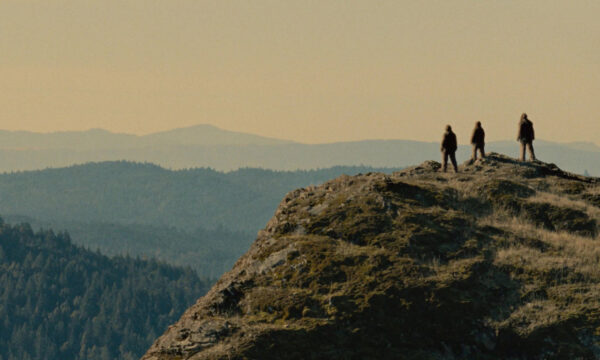
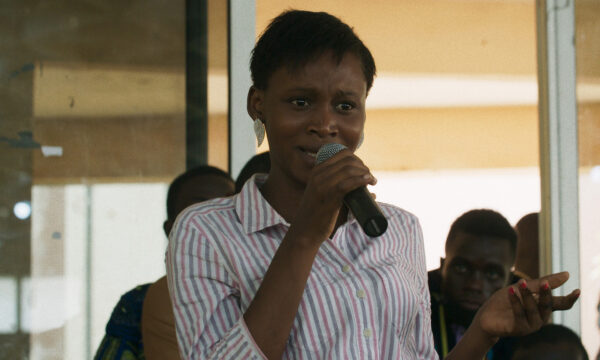










Facebook
Twitter
Instagram
YouTube
RSS